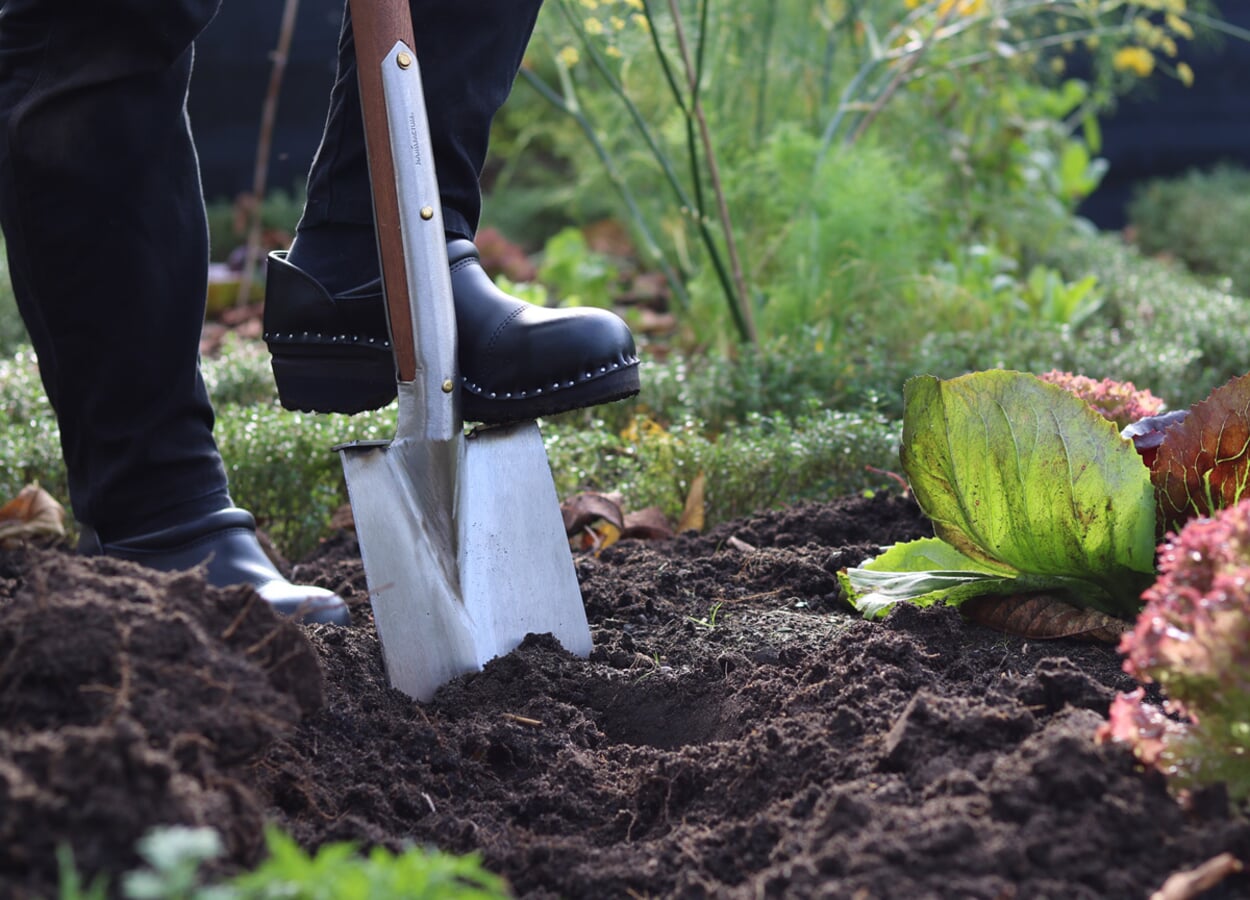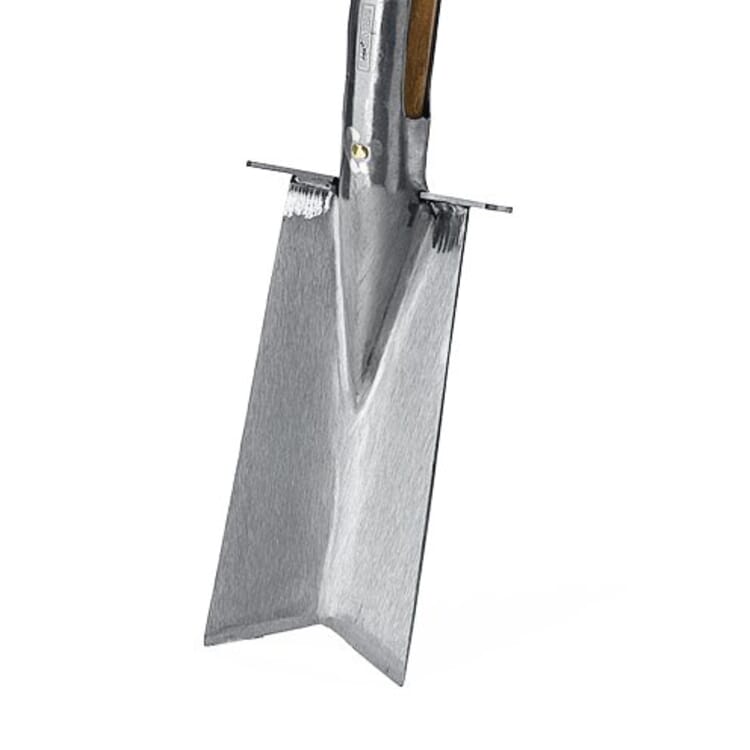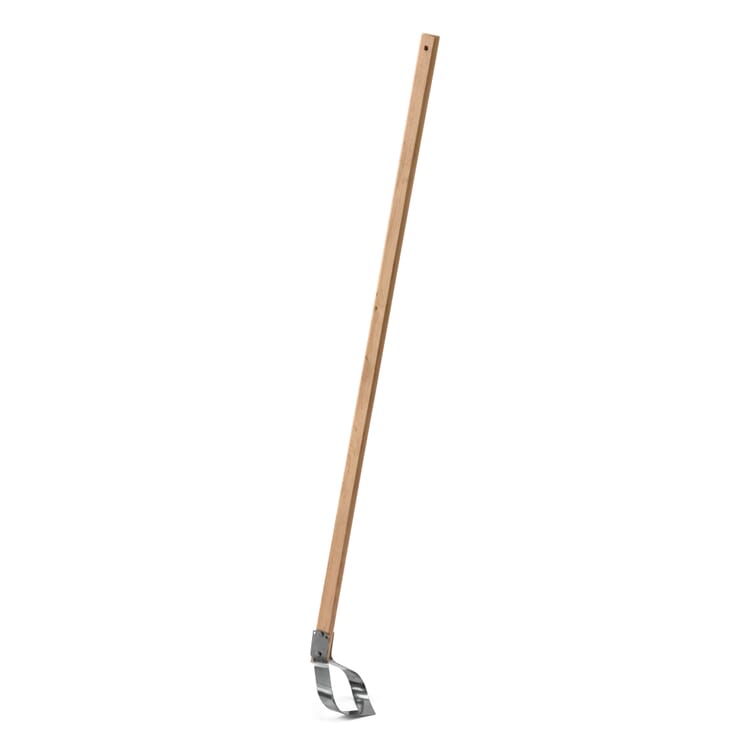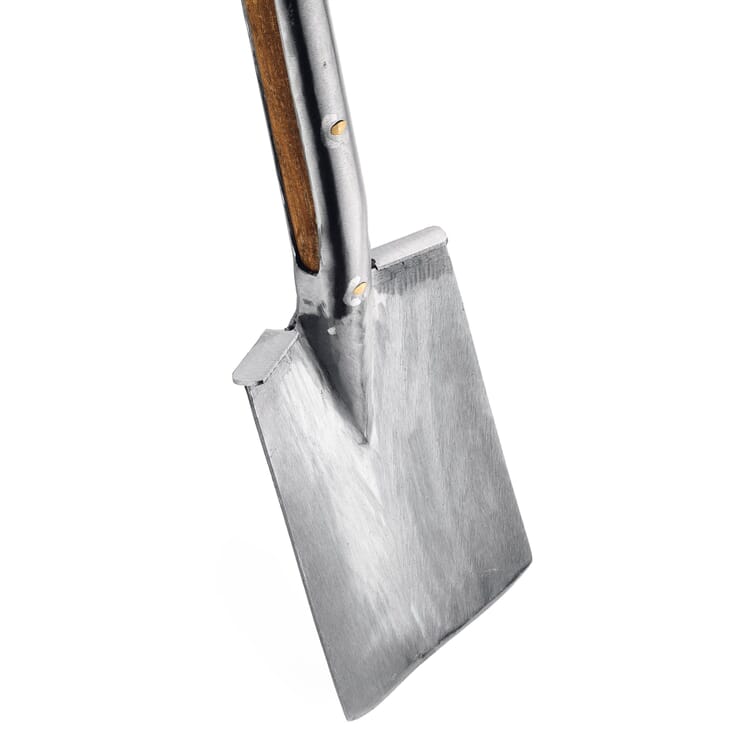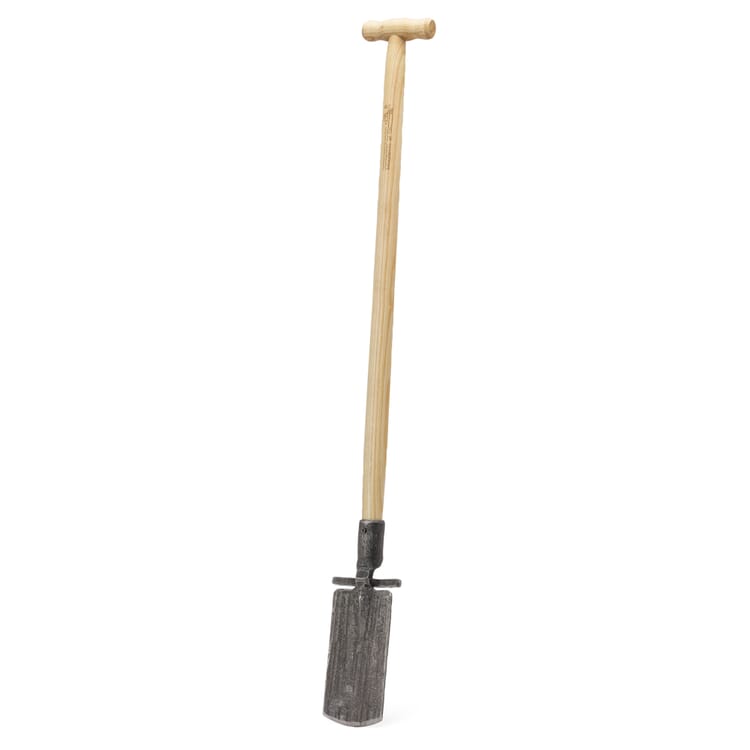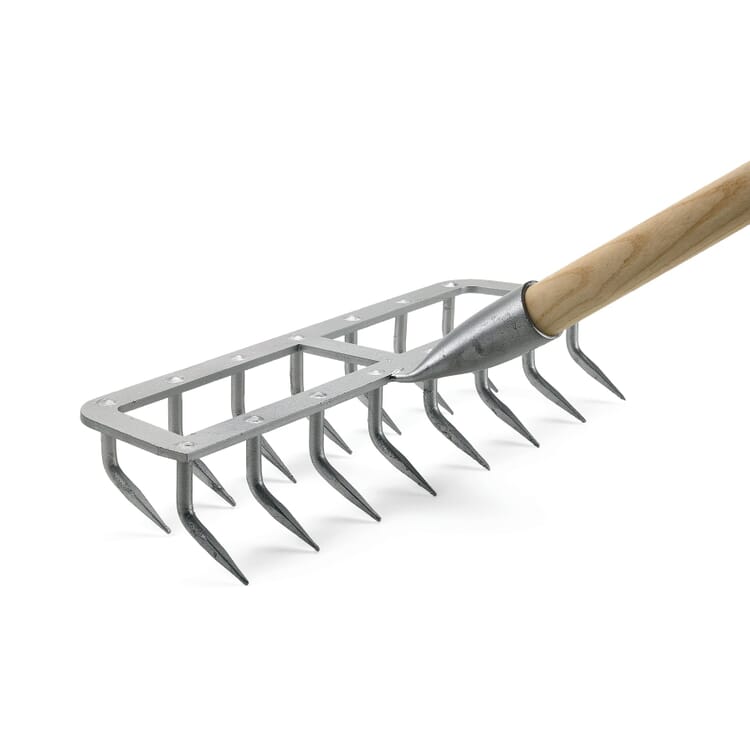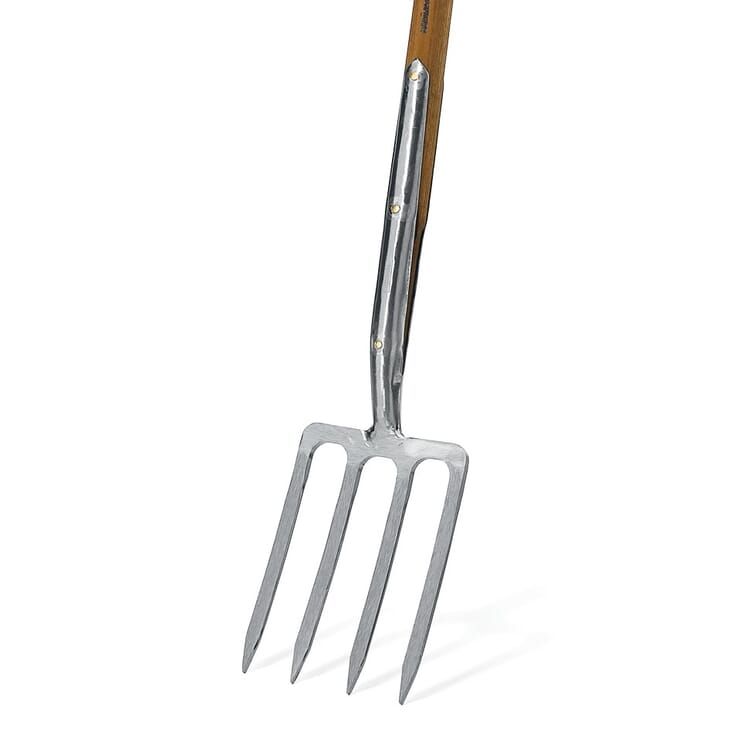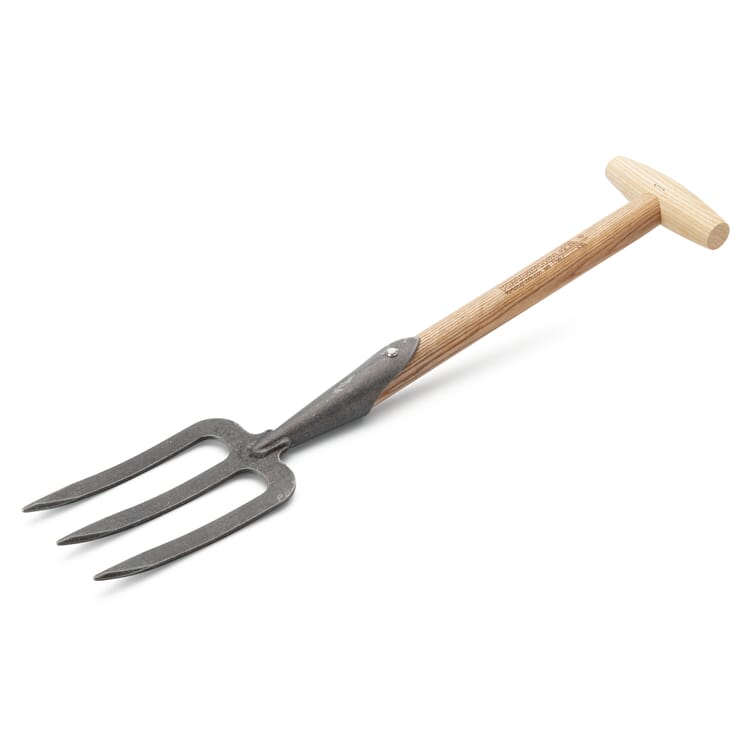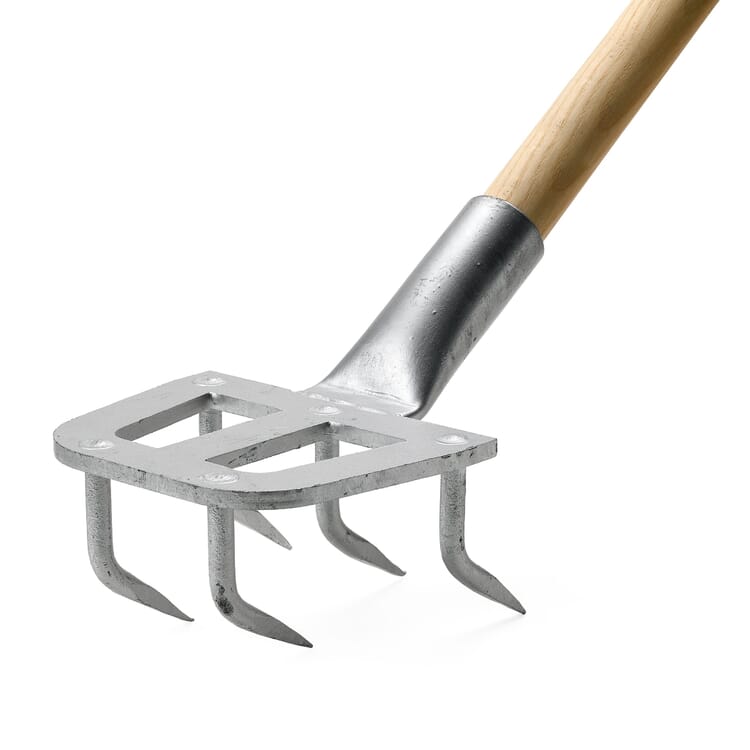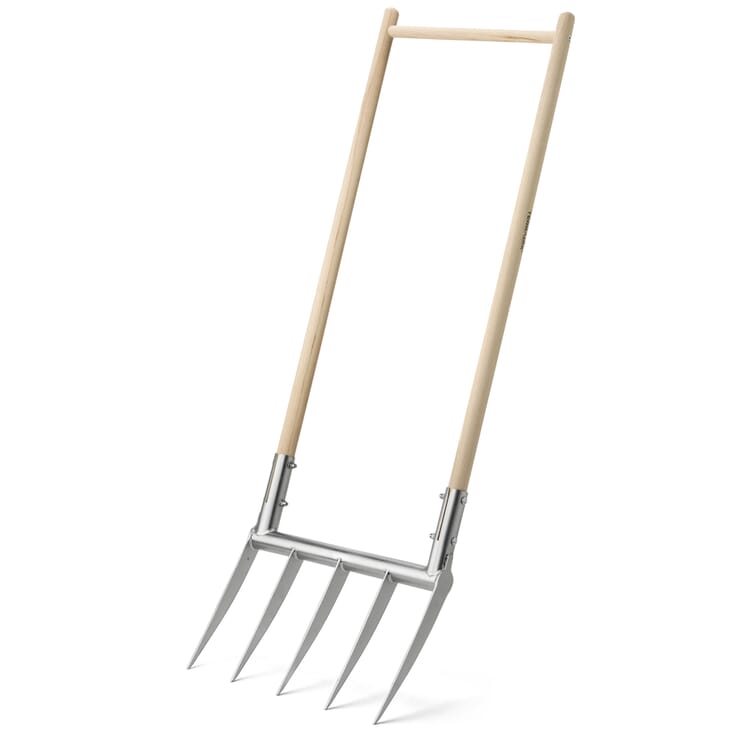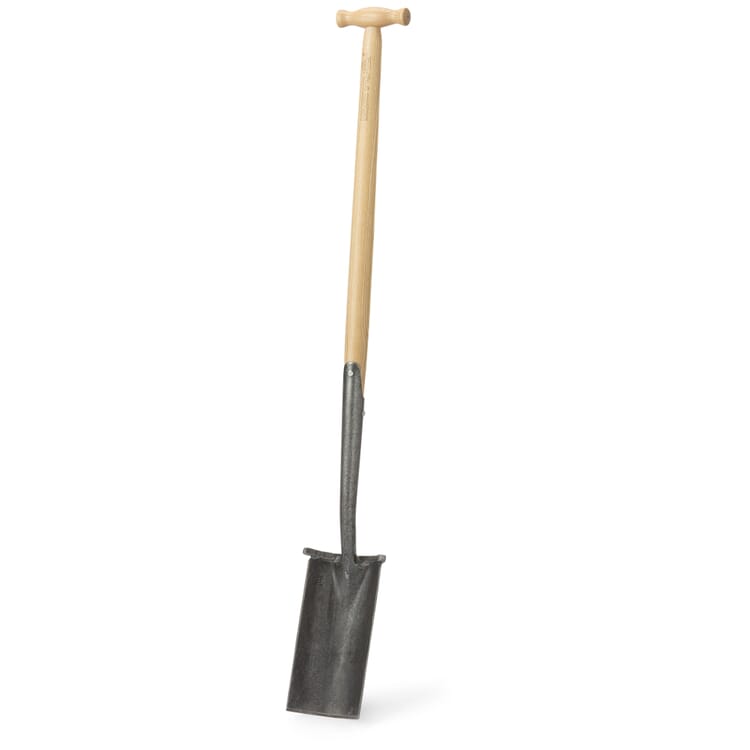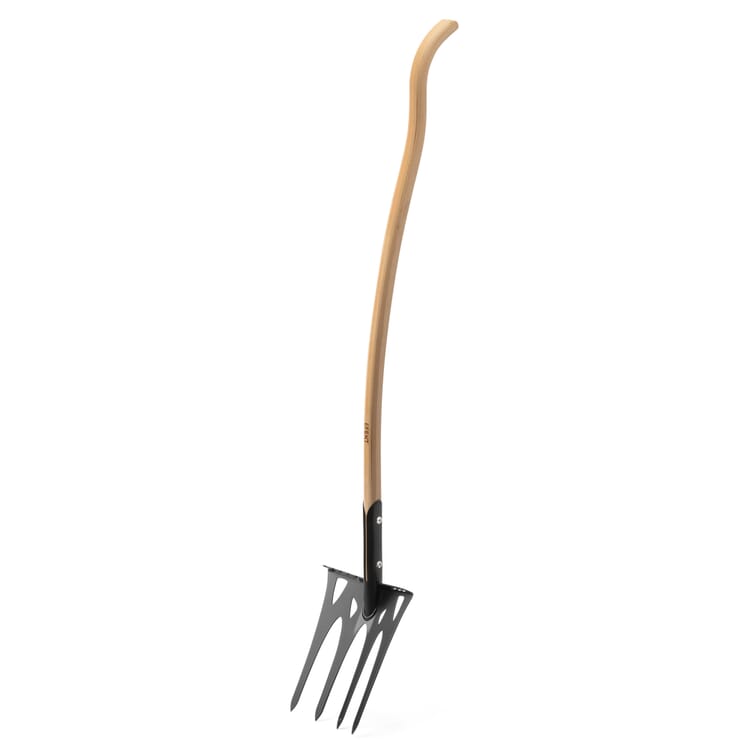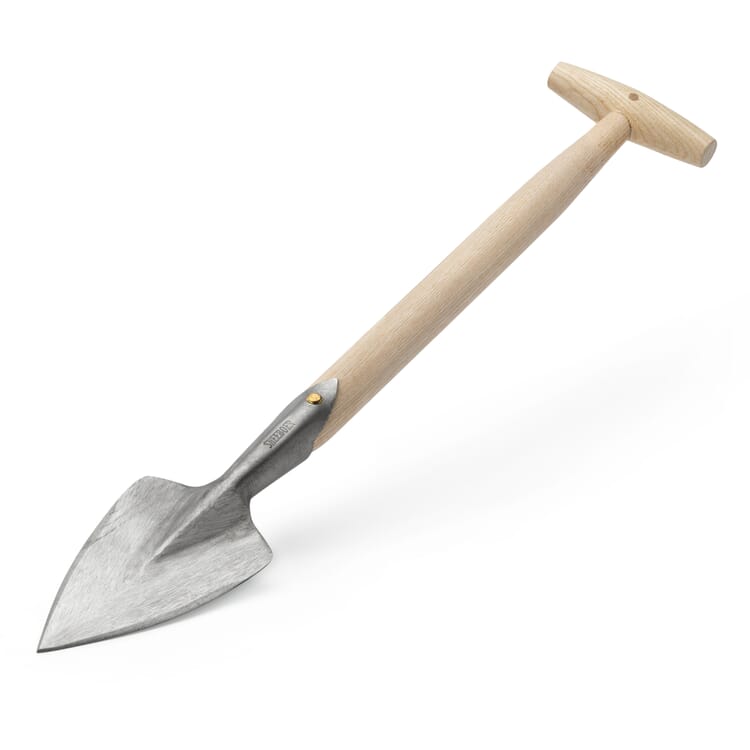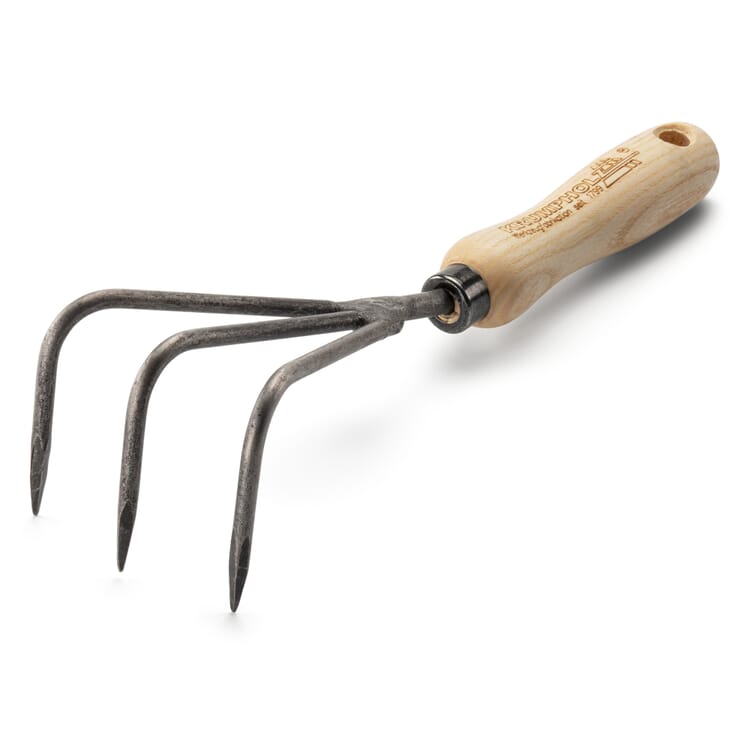Tactile grounding. The finger test of your floor
We bend over. That's probably the first thing every farmer, every gardener does when he takes a look at his field or his bed: We bend down, pick up a handful of soil and rub it examiningly between our fingers. "Soil is one of mankind's most precious commodities," declares the European Soil Charter of 1972, because it is what we live from and what we base cultivation, cultivation and cultivation on in the first place. It forms the habitat for countless soil organisms and is literally the basis of what grows in and from it, lush, green and in turn life-giving. Yet not all soil is the same, and not every plant thrives equally well on every soil. Soil texture is an essential factor in figuring out how a soil should be worked, prepared for tilling, and cared for during cultivation. Carrots, for example, require sandy soil, and lavender also feels right at home in sandy, dry soil. Potatoes and peonies, on the other hand, do just fine even in heavy clay and loam soils. As soon as you know which soil predominates in your garden, you can prepare the soil of your beds so attractively that your desired plants grow to size, taste and bloom. Even though this soil habitat is exceedingly complex and multi-layered: even with a simple touch, you can quickly and at least roughly determine which possibilities and challenges it holds for you and your gardening activities. It is amazingly easy to analyze such a complex structure as the soil "without further ado": by finger test.
A good feel is half the work. The finger test
Finger test a simple, yet effective method to find out what is the basic nature of your soil. With its help, you examine the soil for four basic criteria: Plasticity, rollability, lubricity and the so-called roughness - and it sounds much more complicated in theory than it is in execution. You don't have to do more than pick up a handful of soil, moisten it a little in a small bowl, and finally try to shape your "soil sample" into a small, sausage-shaped roll in your hand - if it shapes well, is a little sticky so that it leaves some dirt on your hands, and shows a slightly shiny, smooth top or sliding surface, it is clay or loam soil.
- If, on the other hand, your soil sample is only moderately malleable, rather mealy without being dirty, and shows a rough sliding surface, then silt or a sandy loam soil is spreading in your garden.
- If your soil sample has a granular, fine-crumb structure that is neither malleable nor dirty, you are holding a sandy soil sample in your hand.
Why don't you hold your soil sample to your ear while you roll it back and forth? Do you hear a soft crunching sound? If so, your sample contains the majority of sand, the dry fragments of which rub against each other with a crackling sound. If, on the other hand, you hear a distinct smacking sound that indicates a high moisture content, then you are holding clay or loam soil in your hand. (Or you may be standing in the middle of a bog right now. You should not do this, rather leave this place and try again in your garden. Bogs are a unique ecosystem with a very special soil, which even forms its own division in the German soil systematics and is now so worthy of protection that it should preferably not be cultivated, but restored to a near-natural state).
A highly complex organ
With the help of the finger test, you get an impression of what kind of soil texture you are dealing with - now it is important to draw further conclusions from it. If we look at planet Earth as an organism, the soil resembles a skin that covers it: an organ that is as extensive as it is multilayered and that reacts intensively to stimuli - every touch, every intervention evokes reactions and leaves traces. Its structure behaves no differently than tissue: depending on external and internal influences, the soil can swell and compact, shrink and form cracks; it can form a solid, compact mass or clump, crumble and loosely disintegrate. All this sounds so obvious and simple, but behind it lie highly complex processes in which the chemical, mechanical and biological behavior of organic and inorganic substances interact, and in no less diverse ways. This is one of the reasons why soil takes a long time to develop - and this process is never completely finished.
A feeling for your soil. Grain and floor types
Maybe what you just rubbed between your hands was once magma of the Earth's core, maybe it was the top of the Himalayas. It takes about 100 years for minerals and rocks - including magmatids and sediments - of the Earth's crust to weather into smaller and smaller particles and finally into about a meter of soil. This average is true at least for clay soil, the Speedy Gonzales of soil formation. And what could we not tell you at this point! About physical and chemical weathering and about the important, intensifying role that plants and soil organisms and not least climatic conditions play in this process. But so much detailed knowledge is not at all crucial to get a feeling for your soil. For even though weathering is not simply a matter of grinding coarse fragments into fine ones: Basically, soil types are distinguished by their texture, or grain size, as the experts say. The rock fragments, mineral grains, and humus particles (i.e., the organic matter) in a soil are classified according to their size. Roughly speaking, sand consists of larger grain sizes (Ø 0.063-2 mm), medium grain sizes (Ø 0.002-0.063 mm) form into silt, and grain fractions with the smallest grains (mineral particles <0.002 mm Ø) are classified as clay. Irritatingly, these so-called grain fractions sand, silt and clay form soil types with the same name, which is why grain fractions and soil types are often confused with each other in terms of content. In Germany, the soil types sand, silt, clay and loam are distinguished. They hardly ever occur in their pure form, so they have been divided into subgroups; clay, for example, is divided into loam clay and silt clay. The soil type of your bed or field is therefore usually a mixture of sand, silt and clay in a wide variety of mixing ratios.
From texture to machining
Once you know what you are dealing with, you can successfully plan the further steps of cultivation, because the soil type tells you on the one hand how the soil behaves, for example, in terms of its nutrient content (yield capacity) and its filtering properties (water permeability or water storage capacity). The ideal soil is loosely crumbly and thus well aerated, it offers a healthy, diverse soil life, plant roots support and can both absorb and store water - a sandy/loamy soil, for example, offers such conditions. As a rule, however, gardeners must do their part until the soil structure meets such optimal conditions. Clay soil, for example, can store water very well, but it also compacts more quickly. Compacted soil, however, is not sufficiently aerated and does not drain moisture well, so waterlogging can form. Sandy soil, on the other hand, absorbs water well but cannot store it, so it tends to dry out. Here it helps to work humus and loam underneath.
Tactilely balanced. The tool
On the other hand, you can now choose the appropriate tool. Try working sandy soil with the digging fork - you and your bed will never be happy with this tool, no matter how functional and high quality its design - On light soils like sandy soil, you will be more likely to succeed with a rake or a (rolling) cultivator, for example, to work some humus or clay soil underneath to improve the soil's storage capacity and nutrient content.
- For medium-heavy soils, it is best to use tools such as the sow's tooth, with which you can loosen and aerate the upper soil layer.
- Opinions differ on the benefits of deep tillage, because soil life can suffer from the regrouping - sometimes it is nevertheless necessary, especially in very compacted, heavy clay soils. In this case, it is best to use a spade or the aforementioned digging fork in order to grasp and loosen the deeper layers of soil and to work some sand underneath to improve the soil.
- By the way, you can feel the quality of your tool just as much as you can feel the condition of the soil. Just run your hand over a tool handle made of solid ash or beech wood, feel the edge of a forged blade and feel how well the blade and handle of a professionally manufactured, functional tool are balanced - even with this touch, our tools make it clear how efficient and energy-saving gardening can be. And the easier and more purposefully you can work your soil, the more intensely you will feel that special bond that builds up: to be tangibly grounded on the earth's soil, one of "mankind's most precious commodities".



